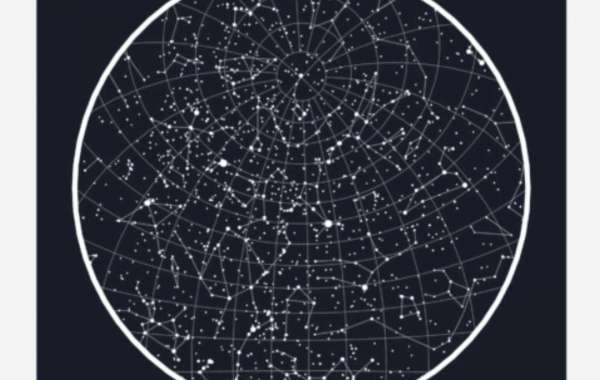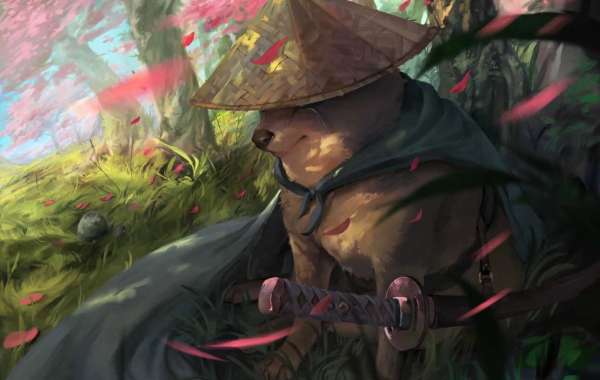Stargazing is a timeless activity that connects us to the universe, and the UK offers some of the best spots to observe the night sky. With the right tools and knowledge, you can embark on a fascinating journey through the stars. This guide will help you navigate the constellations visible from the UK and create your own star map uk for a memorable stargazing experience.
Understanding Your Star Map
Before you set out on your celestial adventure, it's essential to understand how to use a star map. These maps are practical tools for identifying constellations and other celestial objects. A star map of the UK night sky will highlight the positions of stars and constellations as seen from various locations across the country.
To get started, find a star map tailored to the UK. Many websites and apps offer interactive maps that update in real-time. These tools are especially useful because they account for the time of year and your specific location. With your map in hand, you'll be ready to identify constellations and stars with ease.
Best Times for Stargazing in the UK
The UK offers excellent stargazing opportunities throughout the year, but certain times are more favorable than others. Winter months, from October to March, provide longer nights and clearer skies, making it easier to spot constellations. However, summer also has its charm, with milder temperatures and the chance to observe different celestial events.
When planning your stargazing outing, check the lunar calendar. A new moon phase is ideal because the sky is darker, making stars and constellations more visible. Additionally, try to find a location away from city lights to minimize light pollution.
Key Constellations to Observe
With your star map in hand, you can begin your exploration of the UK night sky. Here are some key constellations to look out for:
Orion: One of the most recognizable constellations, Orion is visible from November to February. Look for Orion's Belt, a line of three bright stars, which is a great starting point for stargazing beginners.
Ursa Major: Also known as the Great Bear, this constellation is visible year-round. The Big Dipper, part of Ursa Major, is an easily identifiable feature that can help you locate the North Star (Polaris).
Cassiopeia: This W-shaped constellation is visible all year and is a helpful reference point for finding other constellations. Its distinctive shape makes it easy to spot.
Cygnus: Known as the Swan, Cygnus is prominent in the summer months. Look for the Northern Cross, a pattern of stars within Cygnus, which is high in the sky during the summer.
Leo: Visible from January to June, Leo is best observed in spring. Its shape resembles a crouching lion and is relatively easy to identify.
Tips for Successful Stargazing
To make the most of your stargazing experience, consider these tips:
Use a Red Light: A red flashlight helps preserve your night vision while reading your star map.
Dress Warmly: Even in summer, nights can get chilly. Wear layers to stay comfortable.
Bring Binoculars or a Telescope: While many constellations are visible to the naked eye, these tools can enhance your viewing experience.
Be Patient: Allow your eyes time to adjust to the darkness. It can take up to 30 minutes for your eyes to fully adapt.
Conclusion
Stargazing in the UK is a rewarding experience that offers a unique perspective on the universe. By using a star map of the UK night sky, you can confidently identify constellations and deepen your appreciation for the celestial wonders above. Whether you're a seasoned astronomer or a curious beginner, the night sky has something to offer everyone. So, grab your star map, find a dark spot, and let the stars guide your journey.







